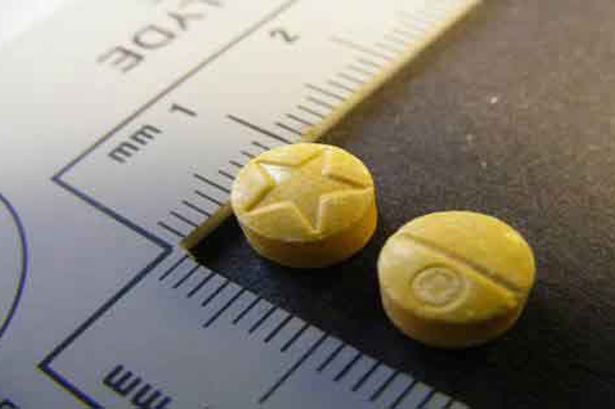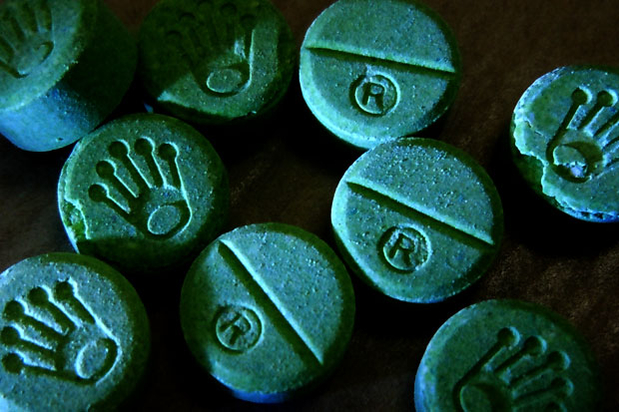Lisa, a recovering MDMA addict, describes her experience of using ecstasy and how she became addicted. In this blog, she...
Ecstasy (chemical name 3,4-methylenedioxymethamphetamine) is in the same class of drug compounds as methamphetamine – ...
During the late 1980s and early 1990s, the drug of choice for many partygoers was ecstasy, or MDMA. The effects of this ...
You may have heard on the news over the Christmas period about the deaths of four men who are believed to have taken ecs...
Police Scotland are warning this weekend’s festival-goers about a string of deaths across the country being linked...
After the death of a Glaswegian man last week police are warning people not to take pills labelled as Rock star or '...





